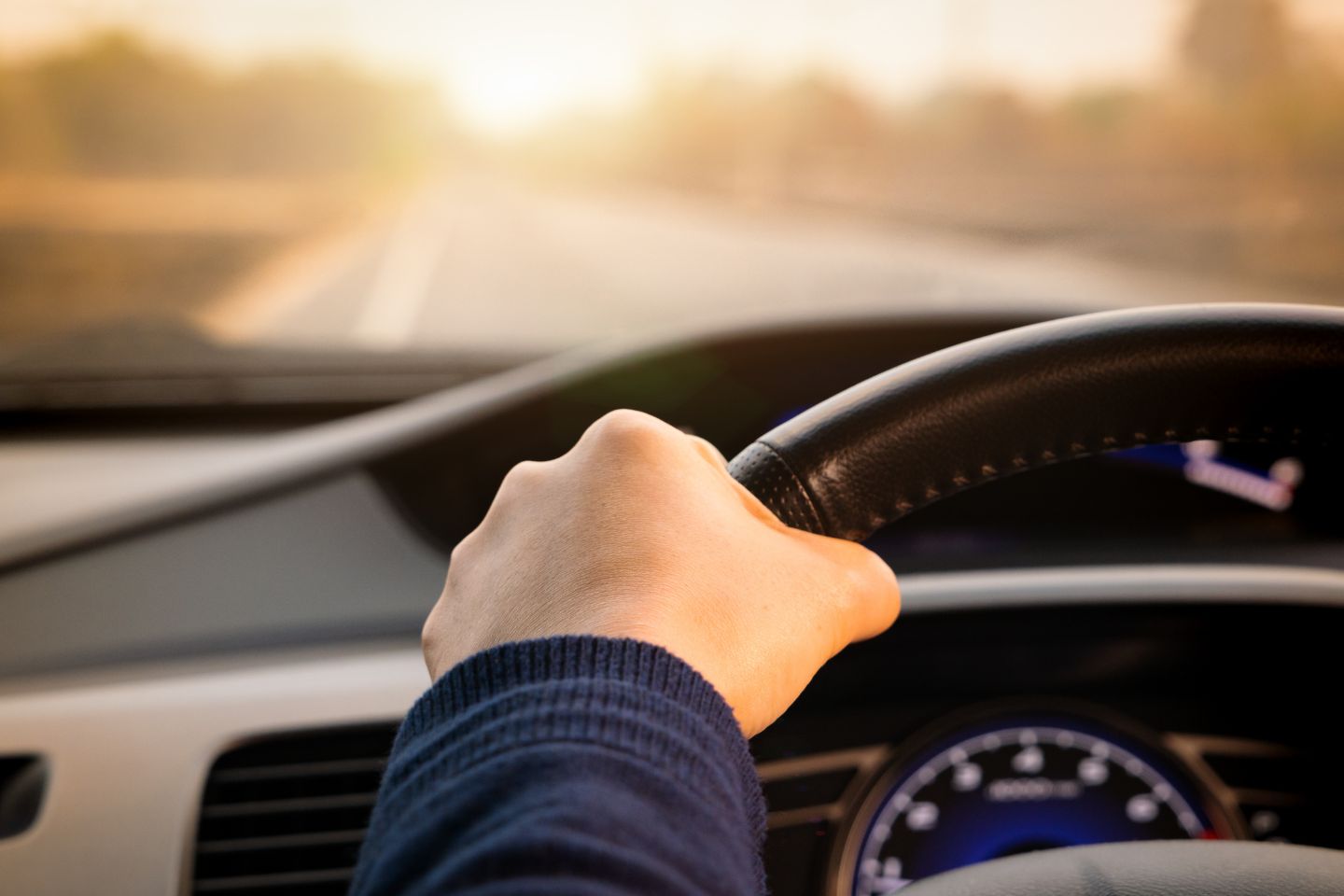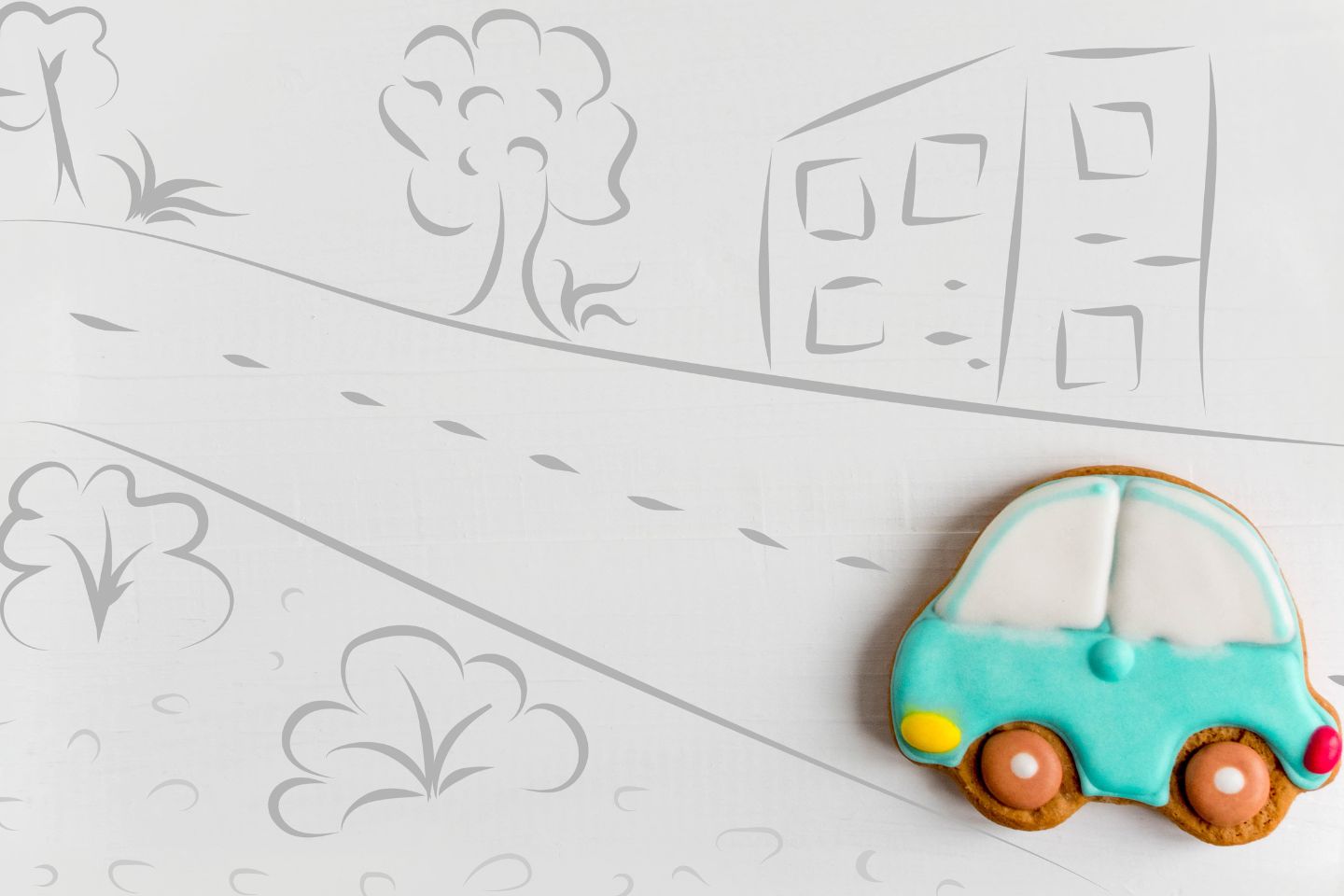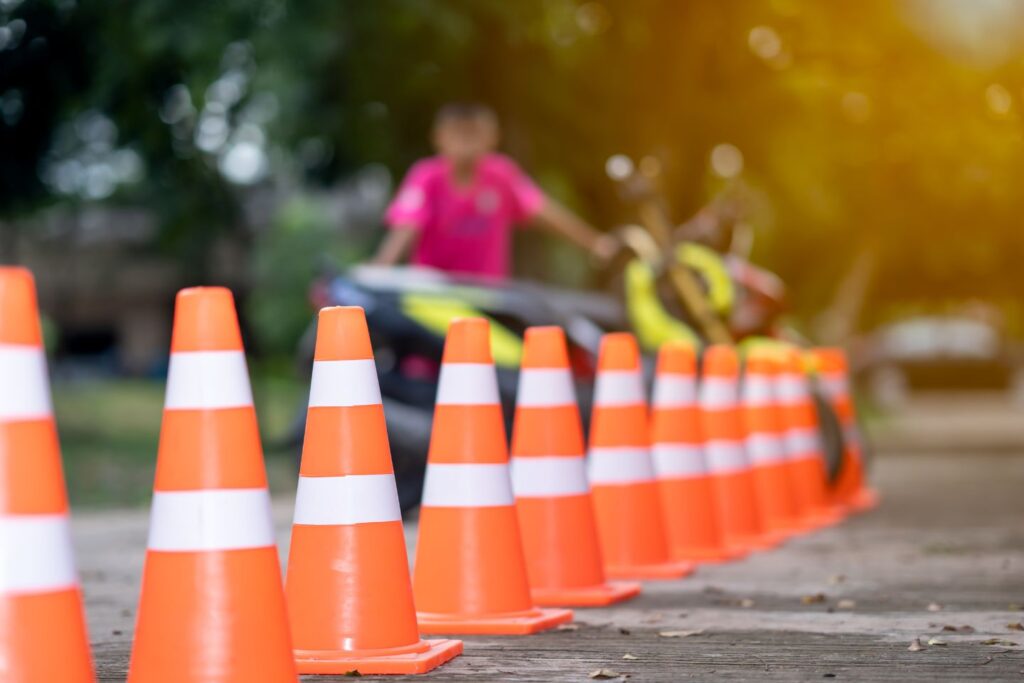The roadways in California require not only skill but also an in-depth understanding of state-specific regulations and standards. This guide serves as an essential resource for both new and seasoned drivers, offering clear and detailed explanations of the legal and practical aspects of driving in California.
Understanding these rules is crucial for ensuring your safety and the safety of others on the road. It’s not just about avoiding fines or legal consequences; it’s about cultivating a road environment where respect, caution, and responsibility are paramount. From licensing requirements to speed limits, and from right-of-way rules to understanding traffic signals, this guide covers the fundamental aspects that every driver must know and adhere to. For instance, in 2021, there were 4,285 traffic-related fatalities in California, emphasizing the need for comprehensive knowledge and strict adherence to road safety rules.
As you delve into the subsequent sections, expect a thorough breakdown of California’s driving laws, traffic control systems, and critical right-of-way rules. Each section is designed to provide you with the knowledge needed to navigate California’s roads confidently and safely.
Traffic Control
Traffic control in California is an essential aspect of maintaining order and safety on the roads. Understanding and adhering to these regulations is crucial for all drivers.


Here’s a breakdown of the key points:
- Red Lights: A red light is an unambiguous command to stop. You must come to a complete stop at the marked line or before entering the crosswalk or intersection.
- Right on Red: In California, you’re generally allowed to turn right at a red light after coming to a full stop, unless otherwise posted. Always yield to pedestrians and other traffic before proceeding.
- Green Lights: Green means go, but with caution.
- Pedestrians and Cross Traffic: Always check for and yield to pedestrians and cross traffic before proceeding, even when the light is green.
- Yellow Lights: A yellow or amber light is a warning that the light is about to turn red. You should stop if it’s safe to do so; otherwise, proceed with caution through the intersection.
- Flashing Red Lights: Treat flashing red lights as you would a stop sign. Come to a complete stop, then proceed when it’s safe and legal.
- Flashing Yellow Lights: A flashing yellow light indicates you should proceed with caution. Slow down and be prepared to stop if necessary.
- Stop Signs: At a stop sign, you must come to a complete stop and yield to all other traffic and pedestrians before proceeding.
- Yield Signs: Yield signs indicate that you must slow down and give the right of way to traffic on the road you’re entering or crossing.
- Pedestrian Crosswalks: Always stop for pedestrians in crosswalks. It’s not just courteous; it’s the law.
- School Zones: Pay special attention to reduced speed limits and increased fines for violations in school zones. The fee for a speeding ticket can vary based on several factors, including the speed at which you were traveling. In California, the base fine for a speeding ticket in a school zone can range from $35 to $500, depending on the specific violation.
- Railroad Crossings: Never proceed through, around, or under any crossing gate or barrier at a railroad crossing while it is down or being lowered or raised.
Understanding and respecting these traffic control rules are vital for your safety and the safety of others on the road. Remember, traffic signals and signs are in place to facilitate the smooth and safe flow of traffic; knowing their meanings and adhering to them is a fundamental part of being a responsible driver.
The Right of Way
The concept of “right of way” is crucial in preventing accidents and ensuring smooth traffic flow. Understanding when to yield and when you have the right of way can avoid confusion and collisions. Here are the key points to understand:
- Intersections Without Traffic Signals: At intersections where there are no stop signs, yield signs, or other traffic signals, the driver who arrives first has the right of way. If two vehicles arrive at the same time, the driver on the right has the right of way.
- Making Left Turns: When making a left turn, you must yield to oncoming traffic and pedestrians. This rule applies whether you’re at a traffic signal or turning at an uncontrolled intersection.
- Four-Way Stops: At four-way stops, the first vehicle to stop should move forward first. If two vehicles arrive simultaneously, the one on the right goes first. Always make sure the intersection is clear and safe before proceeding.
- Roundabouts: In roundabouts, drivers entering the circle must yield to traffic already in the roundabout. Once in the roundabout, you have the right of way over incoming traffic.
- Pedestrians: Pedestrians always have the right of way at marked crosswalks and intersections. Even if there’s no marked crosswalk, yield to pedestrians as they have the right of way on the road.
- Emergency Vehicles: Always yield the right of way to emergency vehicles like ambulances, fire engines, and police cars when they are responding to emergencies with their lights flashing and sirens on.
- School Buses: When a school bus is stopped with its red lights flashing and stop arm extended, you must stop your vehicle in California. Do not pass the bus until the lights have stopped flashing, the stop arm is withdrawn, and it’s clear to proceed.
In California, a significant number of drivers fail to adhere to this rule. A 2016 survey by the California Department of Education found that in one day, over 26,000 drivers illegally passed school buses that were stopped and displayed flashing lights and stop arms. This alarming statistic highlights the critical need for increased awareness and compliance with school bus safety laws to ensure the protection of children across the state.
- Bicycles and Motorcycles: Treat cyclists and motorcyclists with the same respect as other vehicles on the road. They have the same rights and responsibilities and can occupy a full lane.
Reckless Driving
Driving in California comes with a responsibility to yourself and others to be safe and aware. Reckless driving is a big no-no, and here’s why:
- It’s Dangerous: Reckless driving isn’t just about speeding. It’s about making risky moves that can endanger everyone on the road. We’re talking about swerving between lanes, tailgating, and ignoring traffic signals – all the stuff that gives other drivers the jitters.
- Legal Consequences: If you’re caught driving recklessly, you’re not just risking an accident. You’re looking at serious penalties, including fines, points on your license, and in some cases, even jail time.
- Respect Others: Remember, every car has a person or family inside. Drive like you want others to drive around your loved ones.


Other Important Roadway Rules
Navigating the roads requires not just awareness but adherence to specific regulations designed to ensure safety and legality. Here is a detailed list of practices to remember:
- Prohibition of Smoking with Minors in the Vehicle: Smoking in a vehicle when minors are present is not only detrimental to their health but also a violation of the law. Refrain from smoking to protect the well-being of young passengers.
- Illegal Dumping of Animals: Leaving animals on the highway is an act of cruelty with legal repercussions, including fines and incarceration.
- Vehicle Overloading: Operating a vehicle that is excessively loaded, obstructing the driver’s view or hindering vehicle control, is dangerous and should be avoided to prevent accidents.
- Securing Cargo: Ensure all items in your vehicle are securely fastened. Unsecured loads can lead to hazardous road litter and potential accidents.
- Safety Measures for Extended Loads: For loads extending over 4 feet from the rear of your vehicle, it is mandatory to attach a red or fluorescent orange flag during daylight and two red lights at night for visibility and safety.
- Passenger Restrictions in Truck Beds: Transporting passengers in the back of trucks is permissible only if proper seating and seatbelts are provided and utilized.
- Pet Safety in Trucks: Similar to human passengers, pets must be securely confined or harnessed in vehicles to prevent injury and distractions.
- Regulations for In-Vehicle Video Monitors: Video monitors should not be positioned where they are visible to the driver while operating the vehicle to avoid distractions.
- Littering Prohibition: Disposing of any waste, including cigarette butts, from your vehicle is illegal and contributes to environmental pollution. Retain all trash inside the vehicle until it can be properly disposed of.
- Maintaining Clear Visibility: Ensure that nothing obstructs the view through your windshield or windows to maintain optimal visibility and safety while driving.
- Respecting Funeral Processions: Funeral processions have the right of way, and interrupting or intruding upon them is not only disrespectful but also unlawful.
- License Plate Visibility: License plates must be kept clean and fully visible at all times. Altering or obstructing license plates is illegal and subject to penalties.
Adhering to these guidelines will contribute to safer roadways and ensure compliance with California Rules of the Road. It is the responsibility of every driver to be informed and conscientious to promote the well-being of all road users.
What to Do if You’re Involved in an Accident
In the event of a vehicle accident, it’s essential to remain composed and immediately check for any injuries, calling 911 if needed. Safely move vehicles to the roadside if the accident is minor, using hazard lights to signal other drivers. It’s crucial to exchange contact and
After the initial steps, promptly notify your


Insurance Claims and Legal Proceedings
Navigating
- Understanding Your Policy: Familiarize yourself with your
insurance policy before an accident occurs. Know what it covers, including liability, collision, and medical expenses. - Filing a Claim: After an accident, file a claim with your
insurance company as soon as possible. Provide them with all necessary documentation and evidence, such as photos of the damage and the police report. - Dealing with Other Parties: The other driver’s
insurance company may contact you. Provide them with basic information, but do not admit fault or provide a recorded statement without consulting yourinsurance company or a lawyer. - Evaluating the Settlement: Your
insurance company will assess the damage and offer a settlement to cover repairs and other costs. If you believe the offer is unfair, you can negotiate for a higher amount. - Seeking Legal Advice: If there are disputes over fault or if you’re facing significant property damage or personal injury, consulting with an attorney can be beneficial. They can guide you through the legal process and advocate on your behalf.
- Going to Court: Most accident claims are settled out of court, but if a fair agreement cannot be reached, the case may go to trial. Here, both parties present their evidence, and a judge or jury makes a decision.
- Handling Minor Claims: For minor accidents, small claims court can be a quicker and less expensive option. You can represent yourself and resolve disputes over small amounts of money, usually without a lawyer.



